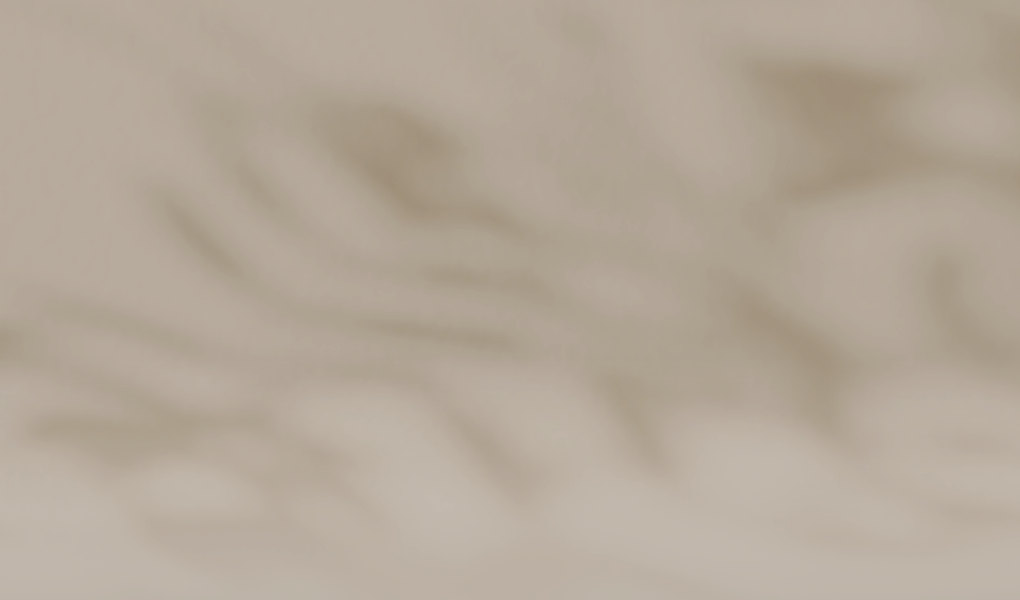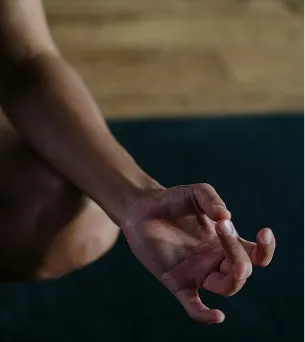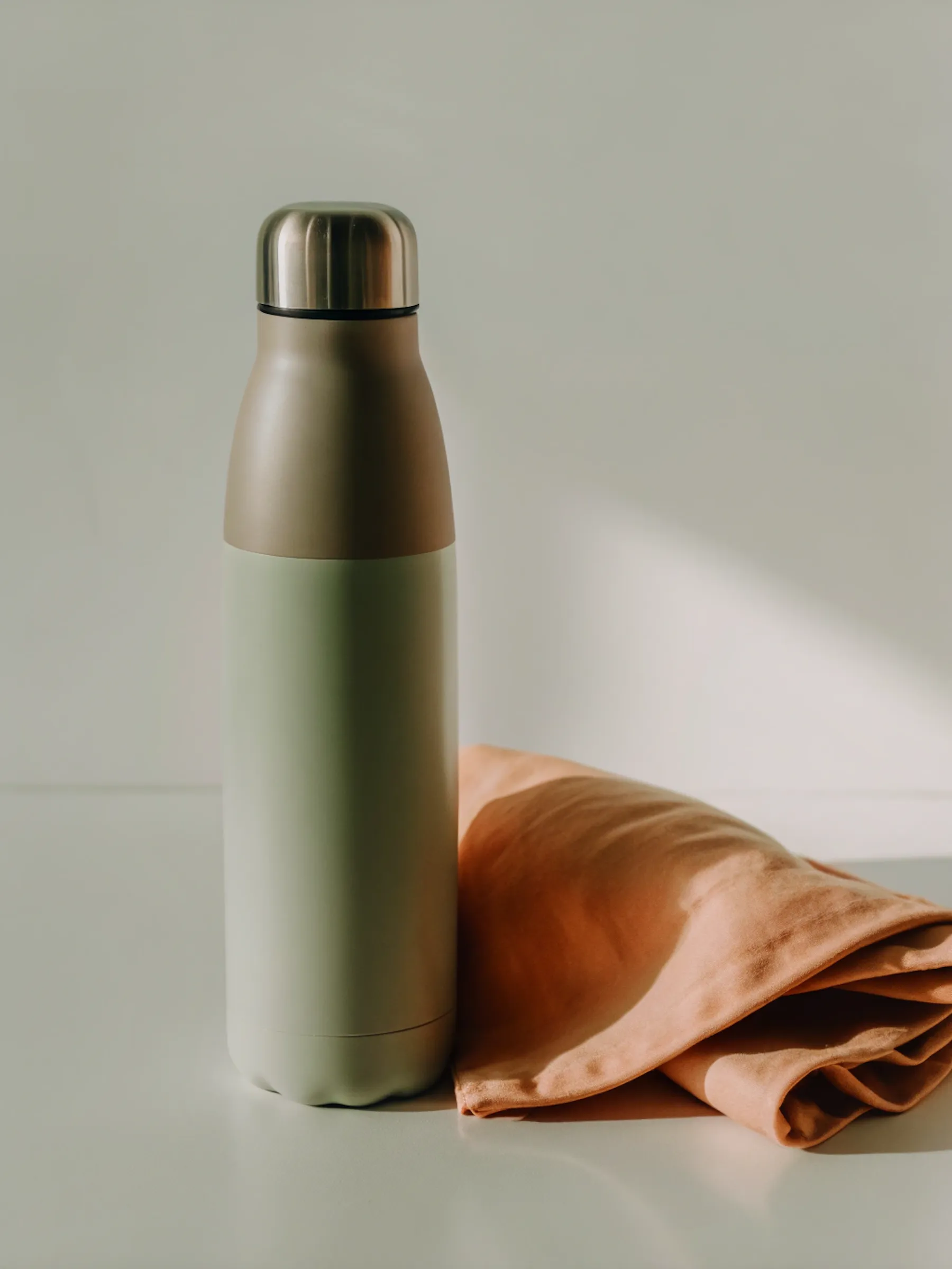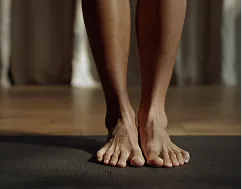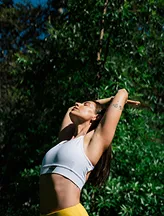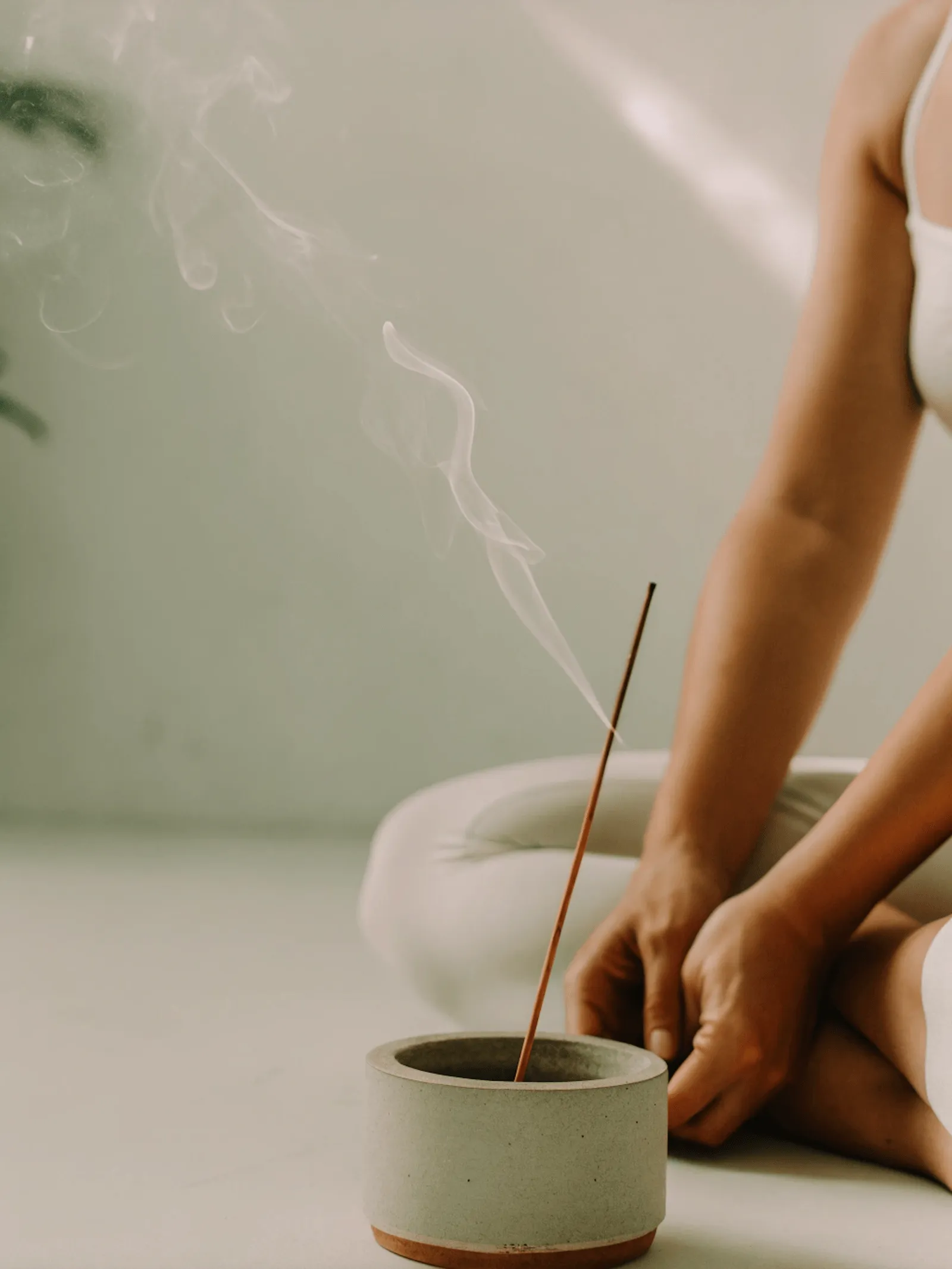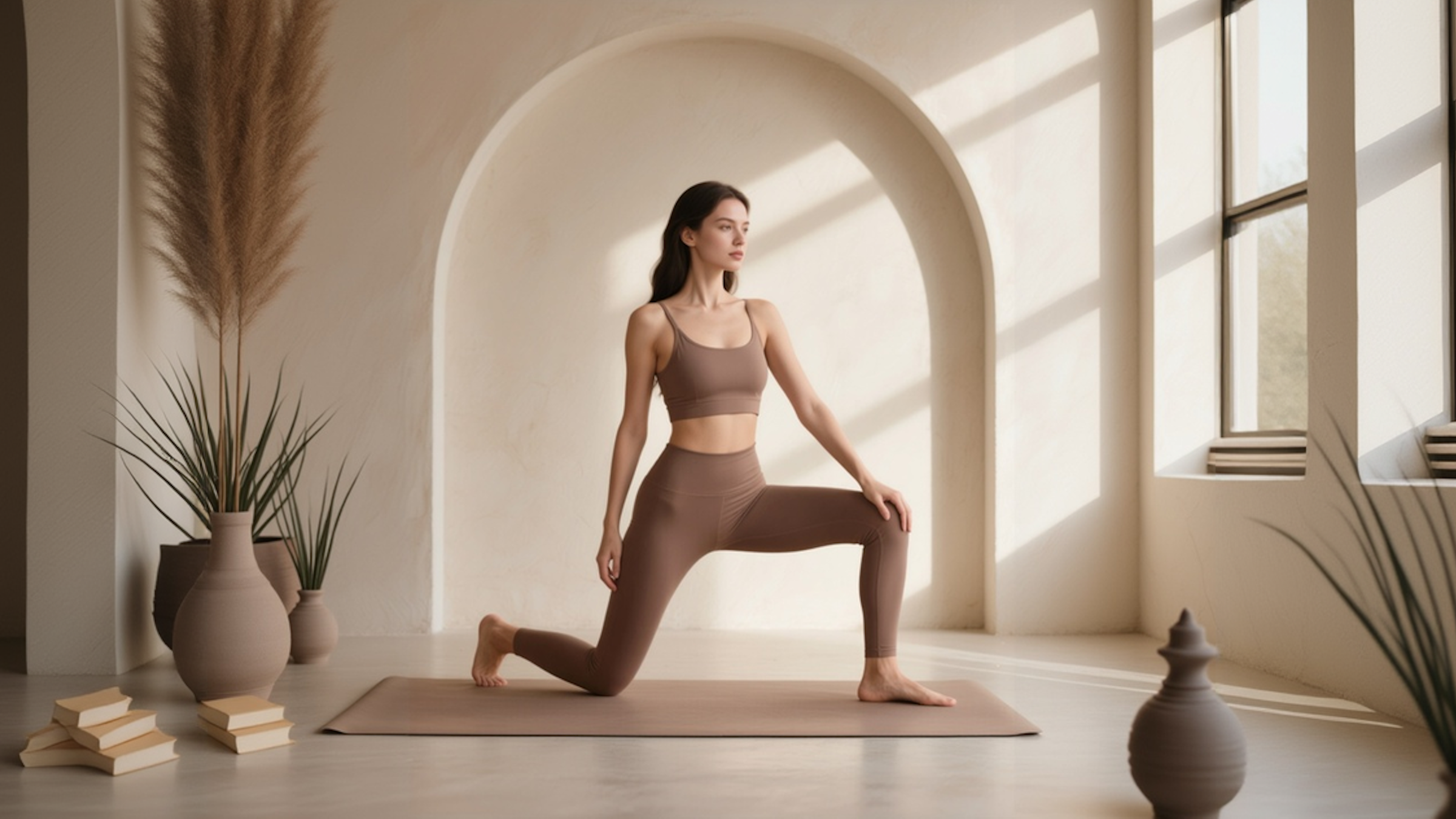
In the world of movement and wellness, we often get caught up in progress — in doing more, going further, holding longer. But what if the real transformation begins when we slow down and start listening?
Most of us are used to showing up and performing. Even in spaces that are meant to heal us, we carry the mindset of needing to achieve something. But embodied practice begins with a shift — from demand to dialogue. The moment you step onto your mat (or into any room), ask yourself: How am I, really? Not just how do I want to be, but how am I right now — physically, emotionally, energetically. That simple question is powerful. It makes you the author of your own experience. It allows your movement to arise from care, not from pressure. When you start from where you are, everything that follows becomes more honest — and more sustainable.
Let Breath Be the Leader, Not the Afterthought
It sounds simple: breathe. But most of us spend the majority of our days either holding our breath or controlling it unconsciously — bracing, pushing, rushing. In practice, breath is the most honest feedback loop we have. If it’s fast and shallow, you’re probably doing too much. If it’s calm and deep, you’re probably in alignment. Let it lead the pace. Let it soften your edges. Let it bring you back when your mind drifts. Breath isn’t just a background rhythm — it’s a living compass. When you get lost in the outer shape of the pose, the breath is always there to bring you back to the inner one.
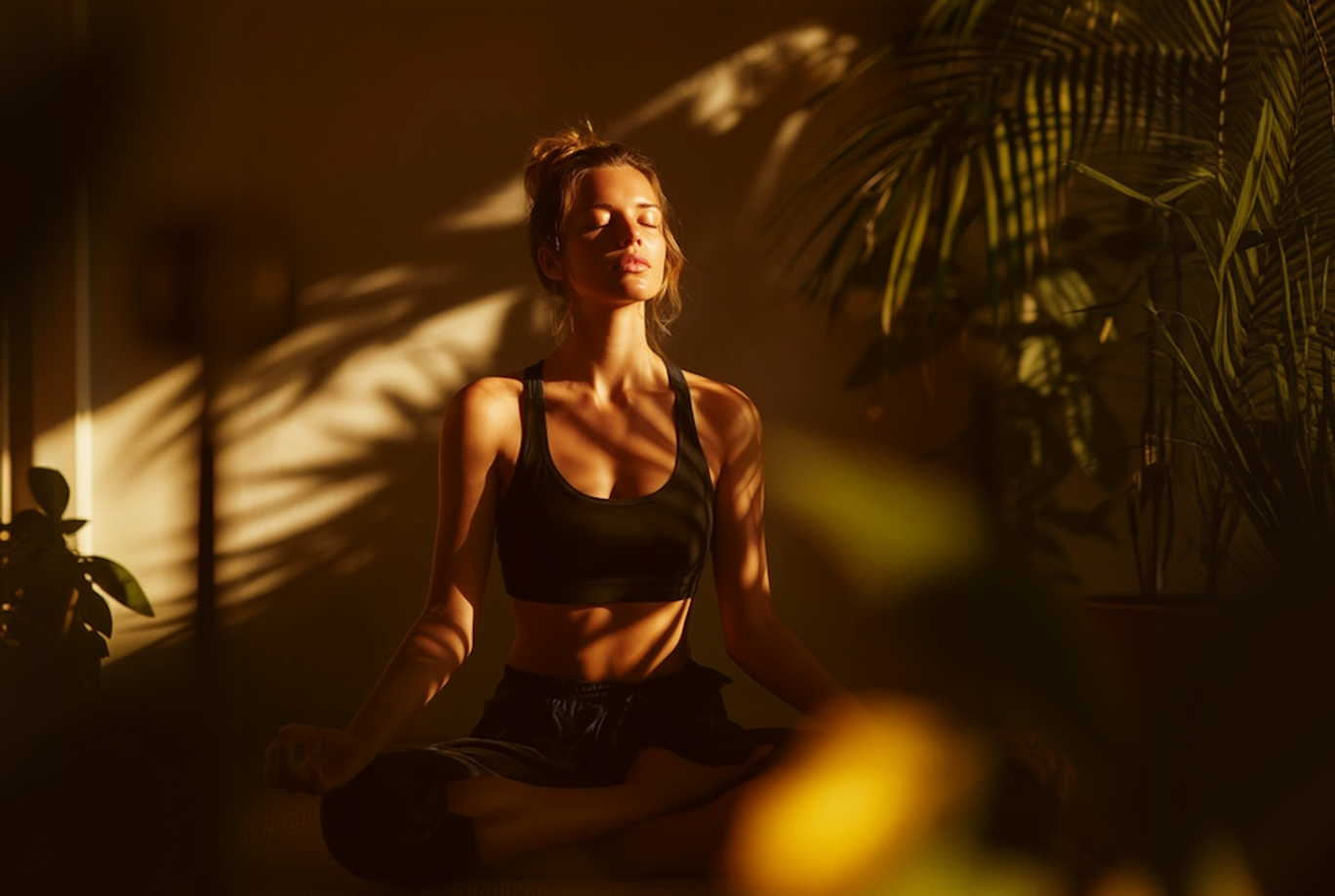
From Perfect Shape to Present State
Progress is often mistaken for perfection — for the ability to go deeper, hold longer, bend further. But in an embodied practice, progress means something else. It means you showed up with honesty. It means you made a choice that supported you, even if it looked smaller. It means resting when your body whispered “enough.” Real growth happens when we stop pushing through pain or ignoring discomfort, and start honoring what we actually feel. This is a practice of being with yourself — not improving yourself. Some days your body will open like a flower; some days it will curl into itself. Both are sacred. Both are welcome.
Movement is only half the practice. The other half lives in the pauses — the quiet spaces between shapes, the stillness after a breath out, the moments where nothing is happening… except everything. We tend to fear stillness. It feels unproductive. But in slowness, we hear things we’ve been running from. In stillness, the nervous system can settle, and the body can listen without noise. If you find yourself rushing through transitions, filling space, or needing constant motion, ask why. Then, try pausing for a moment longer. There’s no need to fix anything. Let stillness be its own form of intelligence. Let it teach you something movement cannot.

